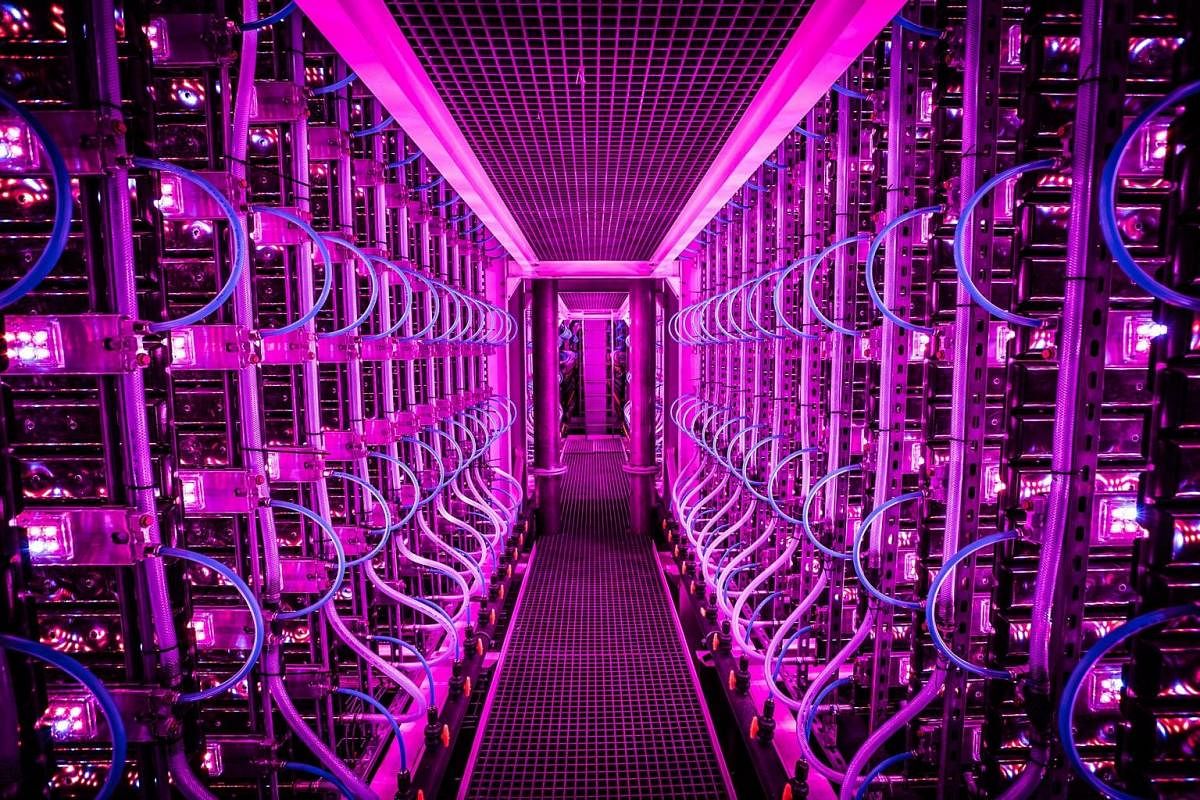Grow with the glow

This is what the future of food farming could look like: a system (above) with state-of-the-art, enclosed and modular photo-bioreactors to produce chlorella and spirulina algae, as shown in this recent handout picture from Vaxa Impact Nutrition in Iceland.
Consider this: A sprinkle of mycoprotein derived from fungi in your burger? Cities dotted with photo-bioreactors growing algae? Mass farming of house fly maggots?
These are just some of the food innovations researchers say will be crucial to combat malnutrition in the face of climate change and other system shocks.
With traditional food systems facing severe threats - including extreme heat, unpredictable rainfall, pests and soil degradation - researchers at the University of Cambridge say it is time to reimagine the field.
Pressure is also mounting to sharply curb consumption of meat and especially beef, a major source of greenhouse gases.
In order to improve diets and secure food supplies sufficiently to end malnutrition, they say high-tech farming methods - some pioneered for space travel - should be incorporated into food systems globally.
And while some of the food they suggest growing may be familiar to customers of health food shops - single-celled algae spirulina or chlorella as well as mycoproteins - others may seem even more exotic, like insect larvae.
These include "houseflies, black soldier flies, and mealworm beetles", said researcher Asaf Tzachor at the Centre for the Study of Existential Risk at the University of Cambridge, who led the research.
Rich in essential nutrients - including proteins, fats, calcium, iron, zinc and vitamins - they could be "perfect substitutes" for meat, milk, eggs and traditional crops, he said.
The paper, published in Nature Food, said these "future foods" can be grown at scale in compact, environmentally controlled systems suitable both for urban settings and in isolated communities.
The authors analysed around 500 published scientific papers on different future food production systems. They concluded that the most promising include microalgae photo-bioreactors, which use a light source to grow micro-organisms, and insect-breeding greenhouses.
AGENCE FRANCE-PRESSE
SEND US YOUR PICTURE
Do you have a Big Picture to share with us? The image should be a recent one, with minimal digital enhancement. Send it to stimage@sph.com.sg with the title BIGPIC followed by a description of your photo. Images should be in jpg format and no more than 2MB in size.
Join ST's Telegram channel and get the latest breaking news delivered to you.
